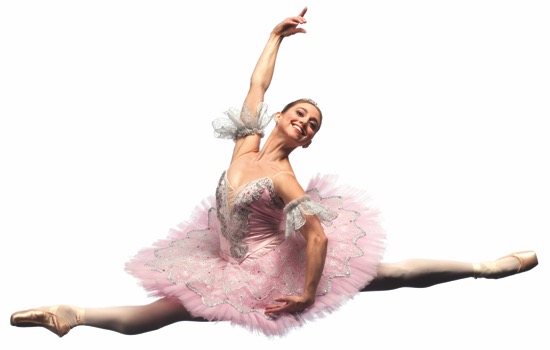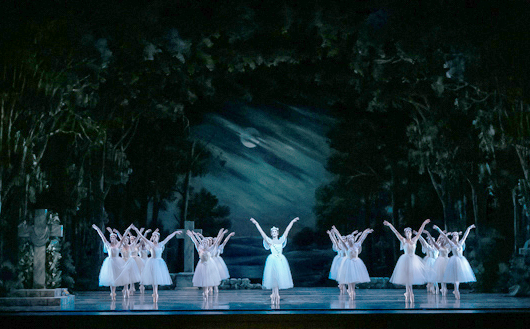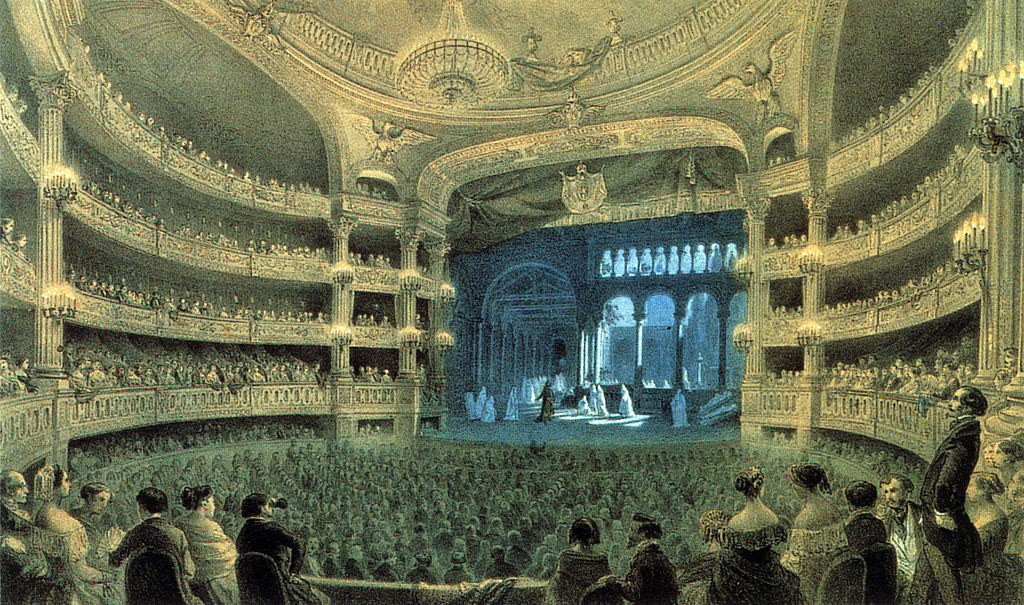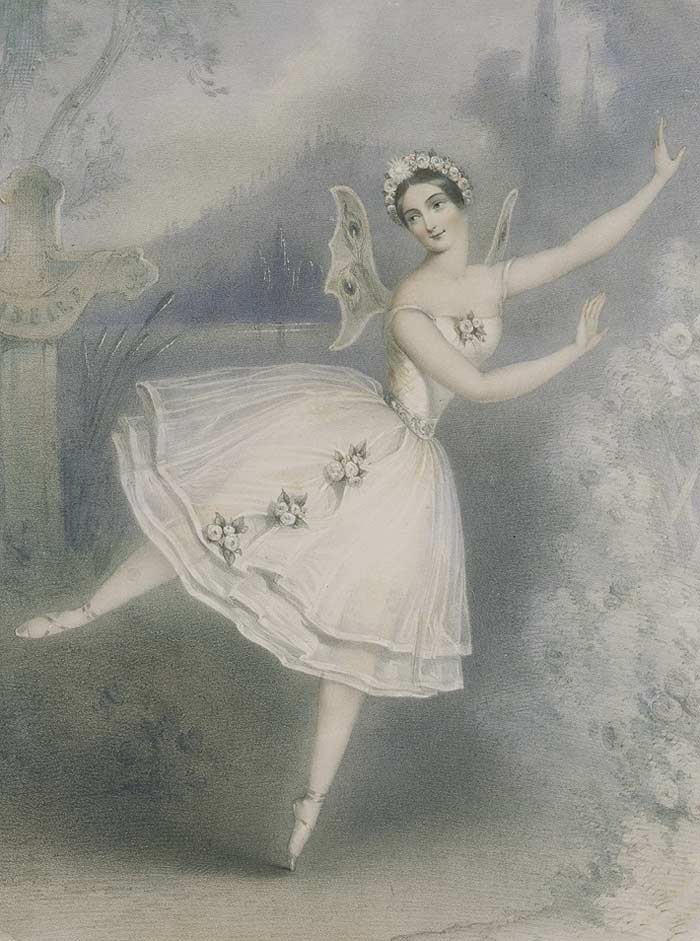
by Jessika Anspach McEliece
The early autumn light flooded through my window as if to smile “Hello”, warming my toes as I sat on the couch scrolling through my Facebook feed. And the babble of the river rushing underneath our flat (because that’s what they call them over here in England), at first sounding almost fake like one of those sleep machines, had a soothing, hypnotic effect.
How in the world did I get here?
Life couldn’t have looked more different than it did four months ago… [Read more…]







![Created with "waiting backstage" by Deb. Licensed under CC Attribution 2.0 Generic. [Changes to image: cropped; filters, background, and text added] Lyrics quoted on image from "We Are Never Ever Getting Back Together", artist Taylor Swift.](https://4dancers.org/wp-content/uploads/2016/02/Bathilde-and-Albrecht-Valentine-9.jpg)
![Created with "CincinnatiBallet-SwanLake2009-Dancers-KristiCapps-AnthonyKrutzkamp-Photog-PeterMueller" by KCBalletMedia. Licensed under CC Attribution 2.0 Generic. [Changes to image: cropped; filters, background, and text added]](https://4dancers.org/wp-content/uploads/2016/02/Siegfried-and-Odette-Valentine-2-1024x1024.jpg)
![Created with "swKCB0514_ 1685" by KCBalletMedia. Licensed under CC Attribution 2.0 Generic. [Changes to image: cropped; filters, background, and text added] Lyrics quoted on image from "Love Story", artist Taylor Swift.](https://4dancers.org/wp-content/uploads/2016/02/Romeo-and-Juliet-Butterfly-Valentine-8-1024x1024.jpg)



